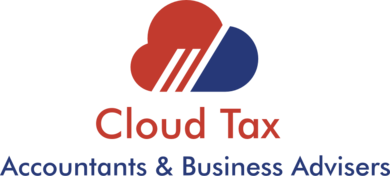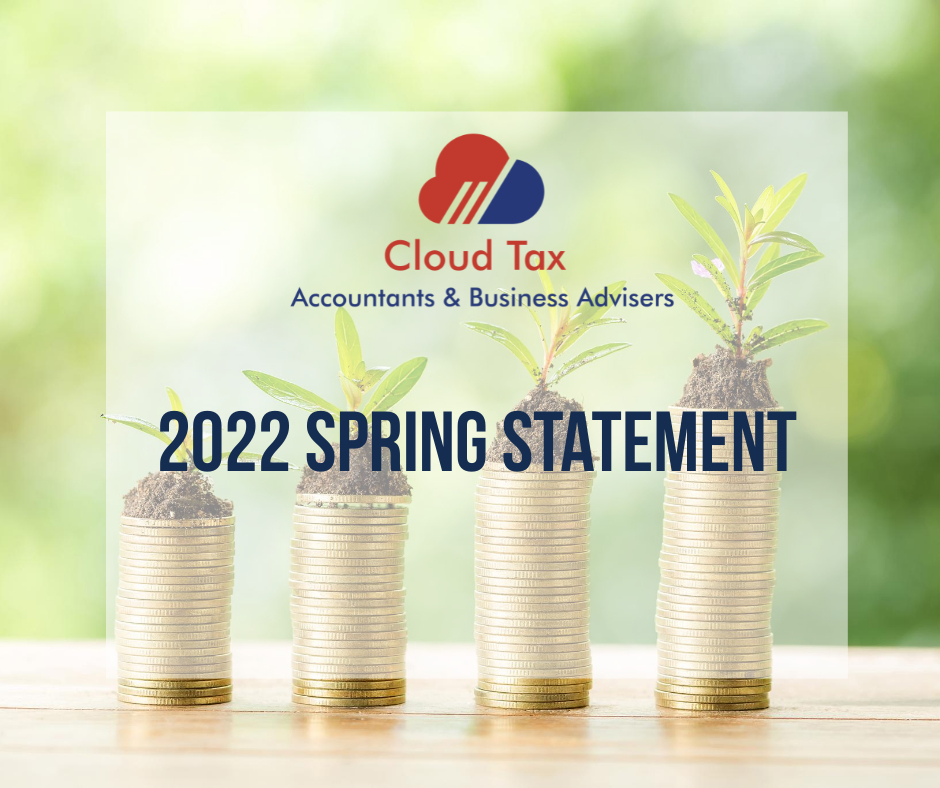Spring Statement 2022
On March 23, the Chancellor, Rishi Sunak, made his Spring Statement. Faced with the difficult challenge of building a “strong economy” for the UK against the backdrop of high inflation, rising expenses, and the possibility of European conflict, he launched a slew of new policies.
So, what did the Spring Statement have in store for your company or you as a taxpayer? What impact will these announcements, government actions, and new initiatives have on the business environment in the following year?
The key measures announced are:
Allowance for Employment – Smaller firms can use the Employment Allowance to lower their employer’s National Insurance contributions. From April of the current year, this allowance will increase from £4,000 to £5,000 per month. For half a million smaller enterprises, the decrease will be worth up to £1,000 and will begin in two weeks.
Rates for companies – The government is establishing targeted business rates exemptions for qualified plants and machinery used in onsite renewable energy production and storage, as well as a 100 percent relief for eligible low-carbon heat networks with their own rates bill, to help non-domestic buildings decarbonize.
Changes in VAT – For the next five years, homeowners that install energy efficiency products such as solar panels, heat pumps, or insulation will have their VAT reduced from 5% to nothing.
Allowances for capital gain – On eligible acquisitions of equipment and assets, the present super-deduction system provides a higher capital allowance. This tax break will expire in March 2023, but the Chancellor stated that the government aims to provide greater assistance to UK firms in terms of capital expenditure. Cuts and changes will be considered by the government in collaboration with companies and other stakeholders to encourage future investment.
Training for employees – Employers in the United Kingdom spend half as much as their European counterparts on staff training. Our innovation and production are being hampered by a shortage of credentials. The Chancellor stated that he aims to utilize the tax system to encourage firms to engage in adult training, including the operation of the Apprenticeship Levy.
Tax Credits for Research and Development (R&D) – Research and development (R&D) reliefs play an important role in promoting R&D and innovation. As a proportion of GDP, a UK firms’ R&D investment is less than half of the OECD average. R&D tax reliefs will be adjusted to address this gap and provide greater value for money for taxpayers. The eligible R&D reliefs will also be increased to include data, cloud computing, and pure mathematics, allowing a larger range of organizations, industries, and development to benefit.
Additional measures – Management and Help to Grow: The Chancellor also emphasized digital initiatives as proof of the government’s commitment to supporting small businesses. The increase in the Annual Investment Allowance to £1 million will also assist firms wishing to invest in their future growth.
Providing assistance to hardworking individuals
The measures that may be taken to help with this are:
The NIC threshold has risen – The amount of money that people can earn before they must pay National Insurance will be increased by the government. People will be able to earn £12,570 per year without paying any income tax or National Insurance starting in July.
Fuel expenses are being reduced – From 6 p.m. on March 23, 2022, gasoline duty will be reduced by 5 pence. This will help many employees save money on gas by reducing the amount of time they spend commuting. It will help relieve pressure on companies and their fleets from rising gasoline costs.
A reduction in the base rate of income tax is expected – The Chancellor has stated unequivocally that he intends to reduce income tax for individuals on lower and moderate incomes. He claimed that starting in April 2024, the base rate of income tax will be reduced from 20% to 19%. From 2024 onwards, many employees will see a reduction in their tax burden – as long as the economy allows it.
National Minimum Wage and National Living Wage – Remember that both the National Living Wage and the National Minimum Wage will be rising on April 1, 2022. The updated prices for all age groups may be found here.
Get in contact with us immediately for additional information about Spring Statement 2022


Hello there! I just wish to offer you a huge thumbs up for your great info you have got here on this post. I will be returning to your website for more soon.